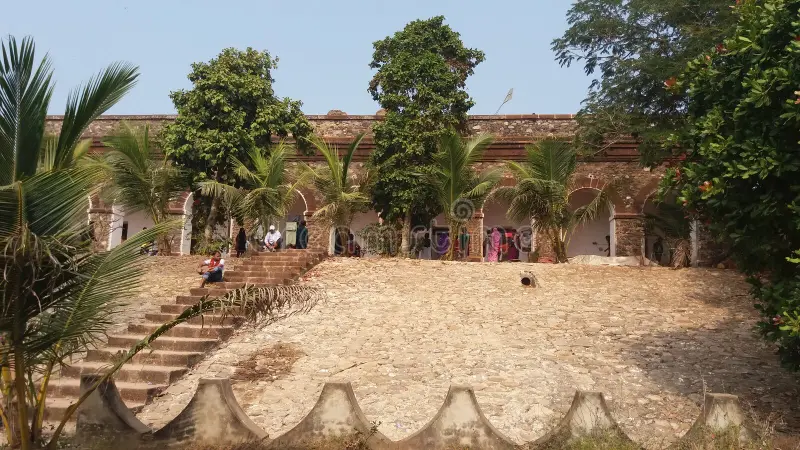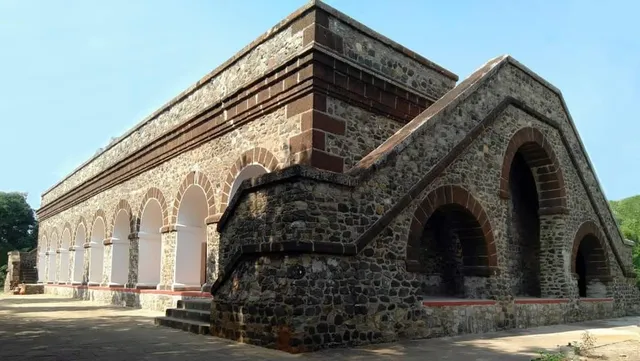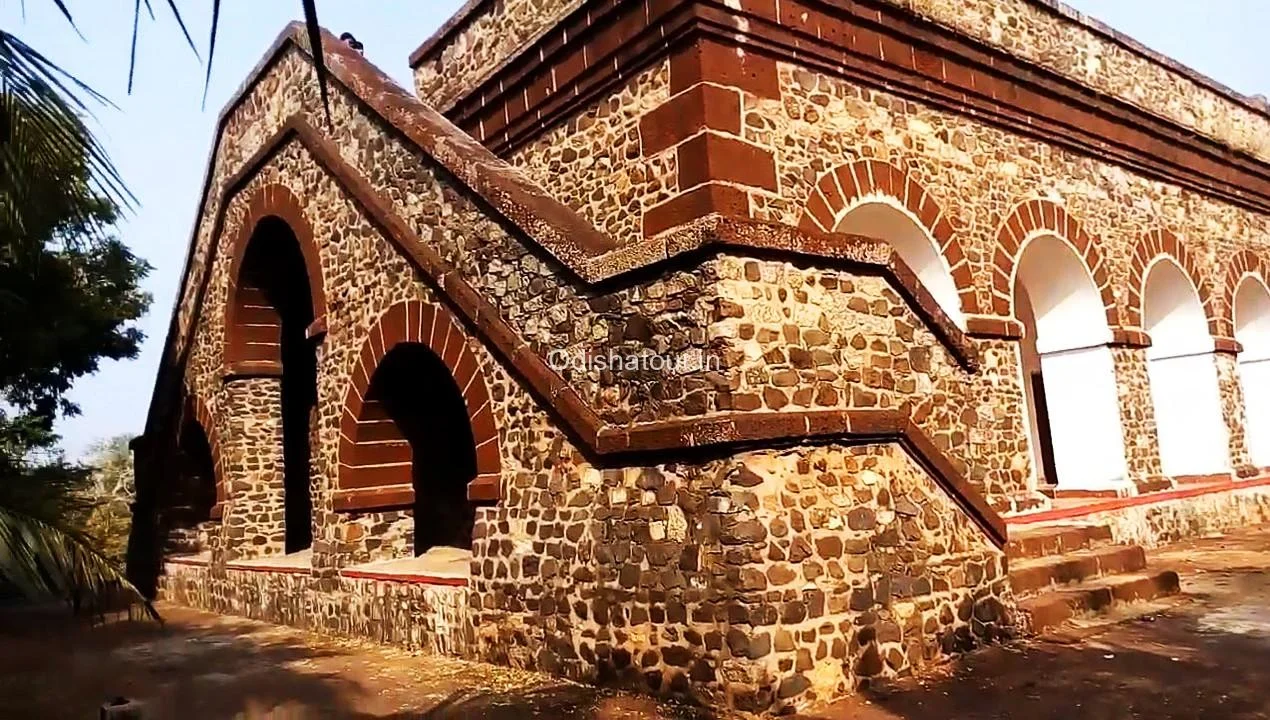Hukitola, a lesser-known yet historically significant destination on India’s east coast, has captured the attention of both history enthusiasts and nature lovers alike. Located in the Bay of Bengal, this 157-year-old site has evolved from an ancient outpost into a thriving ecotourism hub, providing an ideal combination of historical significance, natural beauty, and biodiversity.
As interest in sustainable travel and heritage preservation grows, Hukitola stands as a prime example of how cultural landmarks can be revitalized to benefit both the environment and the local economy.
The History of Hukitola: From Maritime Outpost to Heritage Site
Hukitola’s story dates back to 1867 when it was built as a stormwater reservoir by the British East India Company. The British constructed it as part of their colonial strategy to provide water storage for the maritime trade routes and protect ships from the frequent cyclones that plagued the Bay of Bengal.
The reservoir was ingeniously designed, featuring a water harvesting system that collected and stored rainwater, a testament to the advanced engineering practices of the time.
The structure itself is an architectural marvel, constructed with lime mortar and durable laterite stones. Its barrel-vaulted roofs, arched windows, and intricate stone carvings reveal the grandeur and ambition of the colonial infrastructure projects of that era.
Read : Hill Stations to Historical Sites: Your West Bengal Travel Bucket List
As Hukitola’s relevance as a water reservoir waned, the site fell into obscurity, gradually decaying in the face of natural elements. For over a century, it remained mostly forgotten, visited only by curious explorers and historians who recognized its hidden beauty and historical importance.
Rediscovery and Restoration Efforts
In recent years, it has experienced a revival, spurred by both local and national conservation efforts. Recognizing the potential of this site as a historical and ecological landmark, the Odisha government, along with various NGOs and cultural heritage organizations, initiated projects to restore and preserve Hukitola.

Restoration began with efforts to repair the deteriorated structure, removing debris and reinforcing the original architecture to retain its authenticity.
Read : Mahabalipuram: The Ancient Coastal Town of Temples and Monuments
Efforts extended beyond architectural restoration. The area around Hukitola was cleaned up, with a focus on preserving the unique coastal and mangrove ecosystems that thrive there. Sustainable tourism initiatives were introduced, aimed at bringing in visitors while ensuring the natural environment remains undisturbed.
Ecotourism projects such as guided tours, bird-watching excursions, and educational programs were launched, helping to generate awareness about the importance of conservation. Today, Hukitola serves as an educational site, with local guides offering historical insights, sharing stories of the colonial era, and showcasing the area’s unique biodiversity.
Ecotourism in Hukitola: A Blend of History and Nature
Ecotourism has become the cornerstone of Hukitola’s modern identity, drawing visitors interested in both the cultural history and the natural wonders of the region.
This ecotourism model seeks to balance human interaction with the preservation of the local environment, turning Hukitola into a sustainable travel destination. The approach involves carefully curated experiences that highlight the site’s history, local flora and fauna, and the importance of conserving the delicate coastal ecosystems.

Visitors to Hukitola can explore its historic structures, marvel at its architecture, and learn about the water harvesting techniques employed by the British. Nature enthusiasts will find the coastal mangroves and lush surroundings of the Bay of Bengal teeming with wildlife, including migratory birds, unique aquatic species, and lush plant life.
Bird-watching has become particularly popular in Hukitola, as the area serves as a resting ground for several migratory bird species that travel across the Bay of Bengal each year. Eco-friendly activities, such as kayaking and guided walking tours, offer a hands-on approach to exploring Hukitola’s scenic coastline and learning about its biodiversity.
Hukitola’s ecotourism initiatives prioritize community involvement, ensuring that local residents have opportunities to act as guides, hosts, and educators. This involvement not only benefits the local economy but also empowers the community to take pride in preserving its heritage.
Sustainable practices such as limiting visitor numbers, promoting biodegradable products, and emphasizing ‘leave no trace’ principles are integral to Hukitola’s ecotourism model.
The Future of Hukitola: Balancing Tourism and Preservation
As interest in Hukitola grows, managing the impact of increased tourism has become crucial to maintaining the area’s environmental and historical integrity. Efforts are underway to create a sustainable tourism framework that encourages responsible travel while ensuring that the site’s architecture, natural resources, and ecosystems remain protected.
This includes establishing strict guidelines for waste management, enforcing visitor limits, and providing education on conservation practices.
The Odisha government, in partnership with conservation organizations, has developed a long-term plan for Hukitola. The plan emphasizes sustainable development, preservation of heritage sites, and continued community involvement.

Plans include constructing eco-friendly accommodations, enhancing infrastructure while minimizing environmental disruption, and promoting educational programs for visitors on local history and biodiversity.
One of the most significant challenges facing Hukitola is climate change. Rising sea levels and increased cyclone activity threaten the coastline, posing a risk to the delicate ecosystems that make Hukitola unique.
Conservationists are working on reinforcing the natural barriers, such as mangroves, that protect the site from erosion and storm damage. Continued support from both government and private organizations is essential to preserving Hukitola’s beauty and historical significance for future generations.
Hukitola stands today as a remarkable example of how ecotourism can be a tool for historical preservation and environmental conservation. The site not only offers a glimpse into India’s colonial past but also embodies a modern commitment to sustainability, making it a must-visit destination for those looking to experience a blend of history, culture, and nature.
let’s enjoy few years on earth with peace and happiness….✍🏼🙏

